Throughout the 20th century, aviation technology advanced rapidly, and as aircraft performance improved, so did the development of detection systems aimed at tracking them. In the early 1960s, Lockheed took on the challenge of designing a high-speed, cutting-edge reconnaissance aircraft, relying on the finest material available: titanium. The difficulty, however, lay in the fact that the majority of the world’s titanium supply came from the Soviet Union.
A special aircraft requires special materials
Lockheed’s Skunk Works team managed the SR-71 Blackbird project, designed as an advanced successor to the earlier A-12 reconnaissance aircraft. Clarence “Kelly” Johnson served as chief engineer for both projects.
The development team faced immense pressure and tight deadlines from the US government. During his 1964 presidential campaign, Republican candidate Barry Goldwater accused President Lyndon B. Johnson of allowing the United States to lag behind the USSR in military technology.
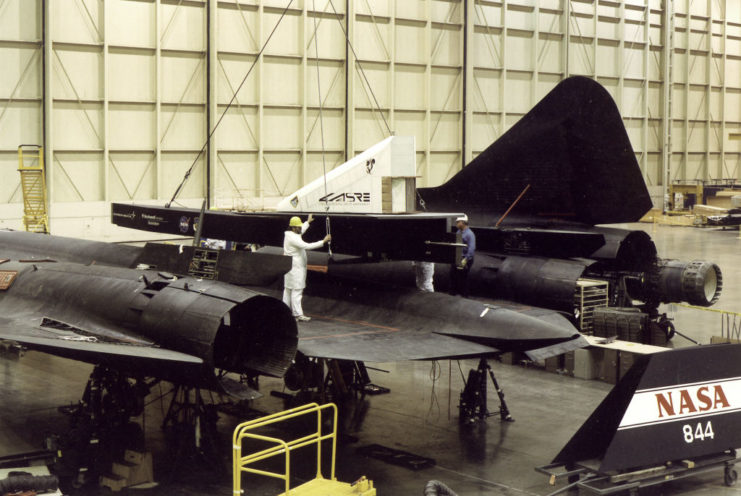
The SR-71 was built larger than the A-12 to carry more fuel and include a dual cockpit while needing to exceed the speed of its predecessor. Lockheed’s engineers encountered major challenges, with Johnson later recalling, “Everything had to be invented. Everything.”
Lockheed engineers came up with a solution
The SR-71 Blackbird was designed for unparalleled speed, capable of reaching up to 2,000 MPH and maintaining that velocity for extended periods. However, this led to significant atmospheric friction, which heated the airframe’s edges to over 1,000 degrees Fahrenheit, threatening to cause structural damage.
The only viable solution was to coat the aircraft in titanium. Lockheed states, “Titanium alloy was the only option for the airframe – providing the strength of stainless steel, a relatively light weight and durability at the excessive temperatures.”
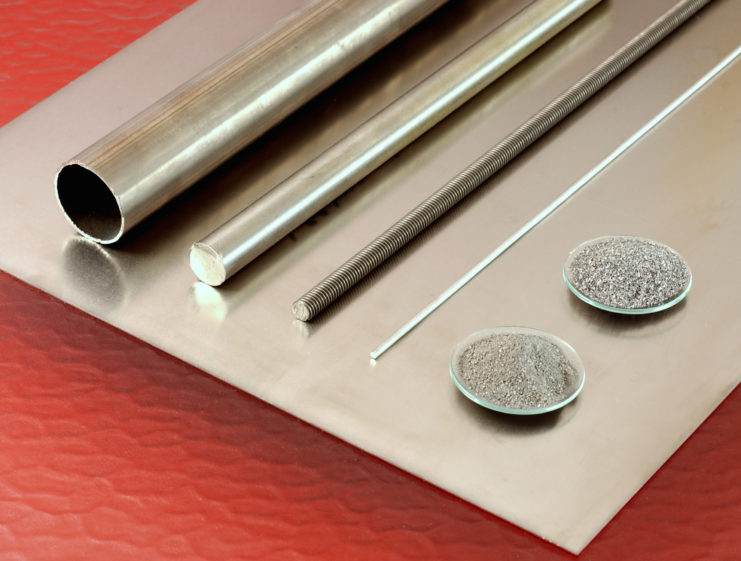
Working with titanium presented challenges due to its brittleness and sensitivity. Engineers at Skunk Works frequently encountered fractures in the titanium alloy when using cadmium-plated steel tools, leading to the development of new tools made entirely from titanium. Furthermore, machinists on the production line needed specialized training to handle the material properly.
Titanium wasn’t readily obtainable
Titanium was not only challenging to work with but also difficult to source. The United States lacked the ore needed for its production, and the primary supplier was the Soviet Union. During the Cold War, the U.S. government was determined to keep their activities hidden from the Soviets.
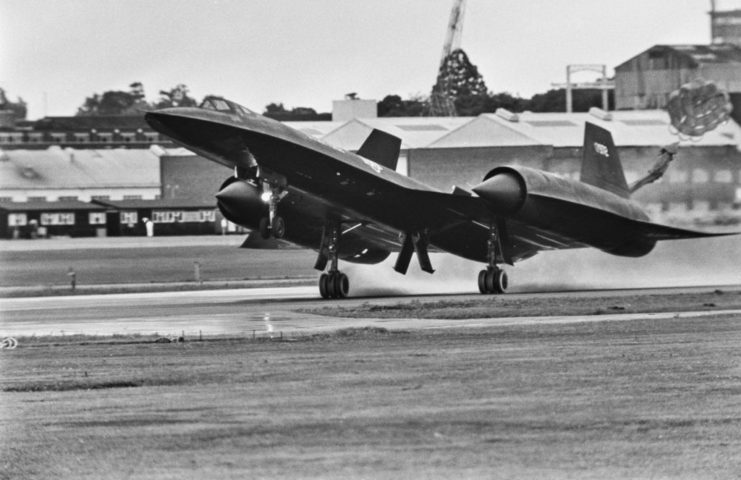
Col. Rich Graham, an SR-71 pilot and former wing commander, explained to the BBC:
“The airplane is [92 percent] titanium inside and out. Back when they were building the airplane the United States didn’t have the ore supplies – an ore called rutile ore. It’s a very sandy soil and it’s only found in very few parts of the world. The major supplier of the ore was the USSR. Working through Third World countries and bogus operations, they were able to get the rutile ore shipped to the United States to build the SR-71.”
The SR-71 Blackbird proved itself during the Yom Kippur War
The US was very interested in the Yom Kippur War, a conflict between Israel and a coalition of Arab states – and the SR-71 Blackbird was the perfect reconnaissance tool to see what was happening. Pilots were deployed on missions ranging from between three and four hours, with some taking as long as 11 hours to complete, and they were tasked with gaining information about the positions of both sides.
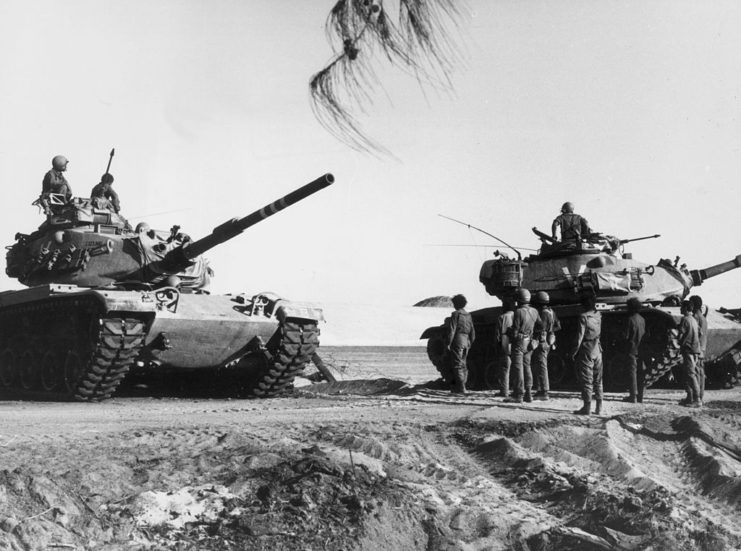
Col. Rich Graham told the BBC:
“The President wanted to find out whether the Arabs and the Israelis had really moved back from the front line like they said they did. We went over there, took the imagery, came back and showed photographic proof they were both lying about where their forces were. He called both countries and said, ‘Get them back, I’ve got proof you’re not where you’re supposed to be.’ That’s what ended the Yom Kippur War.”
The legacy of the SR-71 Blackbird
The SR-71 Blackbird was operational from 1966 through to 1998, although NASA continued to use the aircraft for an additional year. During its service, it was continuously the fastest aircraft of its time. In addition to the Yom Kippur War, the SR-71 was also utilized during the Israeli invasion of Lebanon, the 1986 US raid on Libya and helped reveal Iranian Silkworm missile batteries.
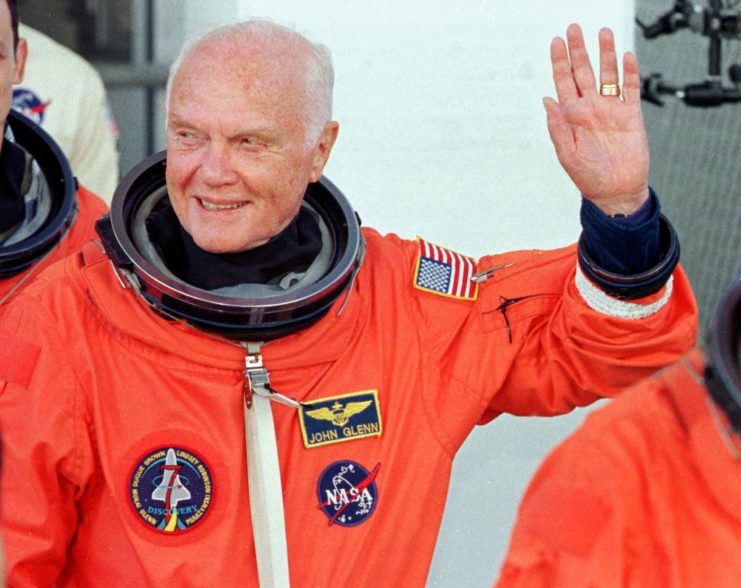
More from us: Lockheed AC-130: The Gunship That Provided Much Needed Support in Vietnam
Want to become a trivia master? Sign up for our War History Fact of the Day newsletter!
Not everyone was happy when the decision was made to retire the aircraft. Former astronaut and Senator John Glenn wound up writing to President George H.W. Bush:
“Mr. President, the termination of the SR-71 was a grave mistake and could place our nation at a serious disadvantage in the event of a future crisis. Yesterday’s historic transcontinental flight was a sad memorial to our short-sighted policy in strategic aerial reconnaissance.”
